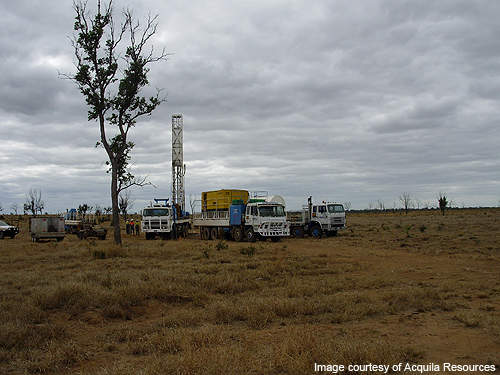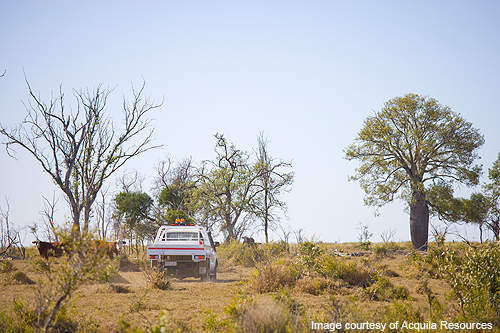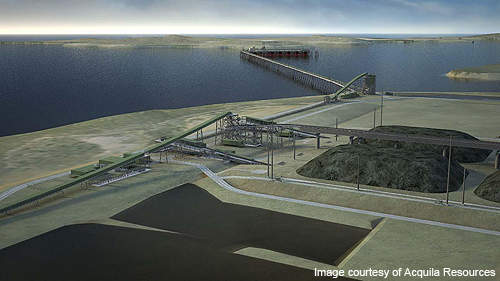The Washpool Hard Coking coal project is an open pit mine located in Queensland, Australia approximately 260km west of Rockhampton, 60km north-east of Emerald and 24km north-west of Blackwater.
The project, currently in the planning stage, was owned by Aquila Resources, which was acquired by Baosteel Resources Australia and Aurizon Operations in July 2014. Aurizon holds 15% stake in Aquila and Baosteel owns the remaining 85%.
The feasibility study of the project, which was completed in July 2010, confirmed its technical and economic viability. The $358m project will be developed into a 7.2mtpa open pit operation with the first coal expected to be mined in 2015.
A supplementary study completed in April 2014 proposed production of up to 2.9 million tones per annum (mtpa) of hard coking coal over a 15-year mine life, in comparison with 2.6mtpa.
Resources and reserves
The deposit consists of six seams that collectively contain 196.7 million tones (mt) of measured, indicated and inferred resources. Indicated resources have been estimated at 9.7mt while inferred resources stand at 62.1mt. The proven and probable reserves have been estimated at 108.3mt. The coal is primarily hosted in the Scorpio and Centaur seams.
Geology
The Washpool project lies within the Burngrove formation that conformably underlies the Rangal Coal measures.
Coal is hosted within a 6km-long and 3km-wide perched basin that remains closed from all sides.
The depth limit of the basin is determined by its structure and averages 42m. The maximum depth of cover to the top of the coal is 60m at the middle of the basin. Shallow limits are defined by the base of weathering range between 22m and 35m.
Overburden material includes unconsolidated river alluvials and units of fine sandstone and mudstone.
Along the margins of the basin, the coal extends to sub crop. Average thickness of the coal seams is 6m including six plies, stone bands and between 1.5m and 2m of interburden and partings.
Banded coal seams contain a high-content of raw ash and have good coking coal characteristics. Towards the north, south and west the coal is limited by seam sub-crops while it is defined by seam thinning towards the east.
Mining
Mining techniques at the proposed mine will include open-cut truck and shovel mining, and a set of one or two draglines. Emphasis will be on pit waste dumping. Due to the geometry of the deposit, mining strips of east-west orientation are considered to be suitable along the longer axis of the basin structure.
The initial box cut will be located in the shallowest depth to coal, the north-western end of the basin from where the overburden will be removed out of the pit.
Strip mining will progress east and southward with initial overburden removed from the pit.
Due to thickness of the seam, which is composed of several plies separated by interburdens, a selective mining method or a complete mining method in combination with a waste strategy will be required.
Mining will be carried out at 4mtpa ROM coal that will produce from 1.6mt to 2mt of product with 15% ash. On average, removal of between 30m³ and 40m³ of overburden will be required annually to meet the planned capacity.
Processing
A coal handling and preparation plant (CHPP) and facilities for rail load out will be constructed towards the south of the deposit. The CHPP will operate at a capacity of 600tph of feed and processing capacity of 4mtpa. It will operate throughout the week.
The plant infrastructure will include an ROM pad, ROM coal delivery system, coal washery module, delivery system for coal waste and clean coal, product stockpile, fuel farm and workshops.
Infrastructure
The project site will be connected to regional systems. The mine site can currently be accessed via publicly gazetted roads. The mail haul roads within the project area will be constructed along north-south to connect the mining area to the ROM pad and along east-west to connect to the several waste dumps on site. Mined coal will be delivered via the Blackwater railway system to the Gladstone port for shipping.






